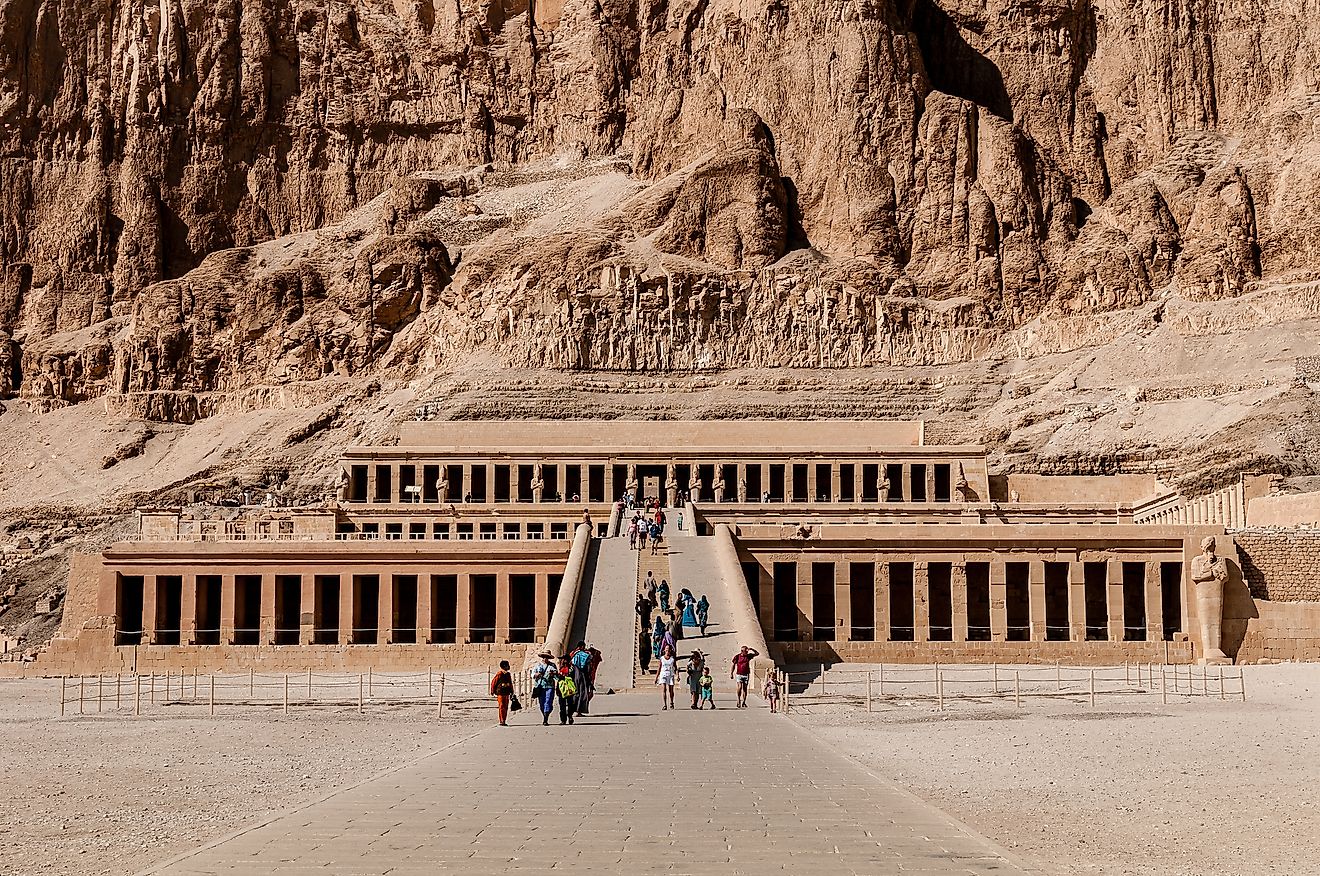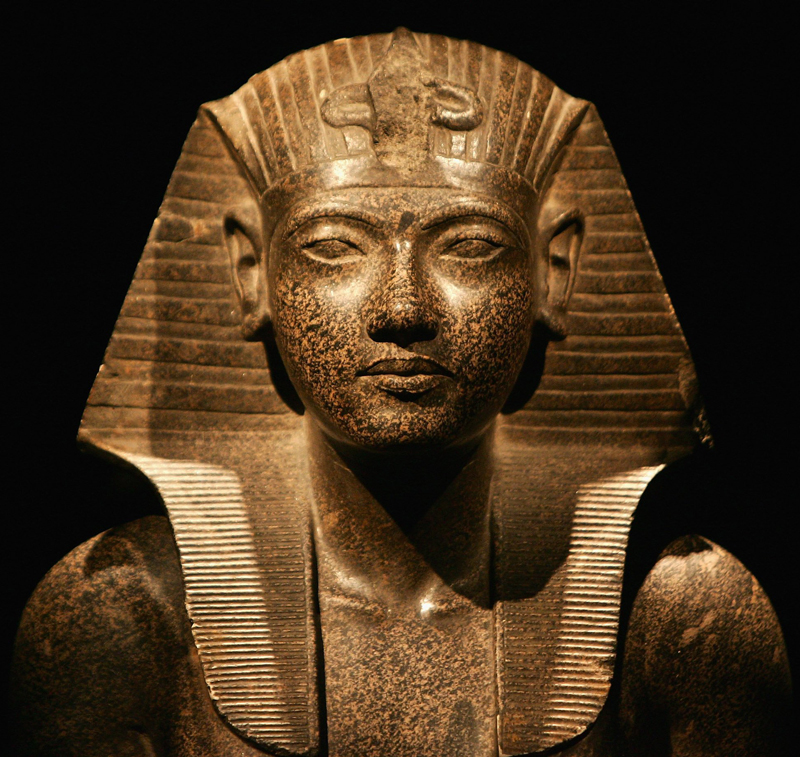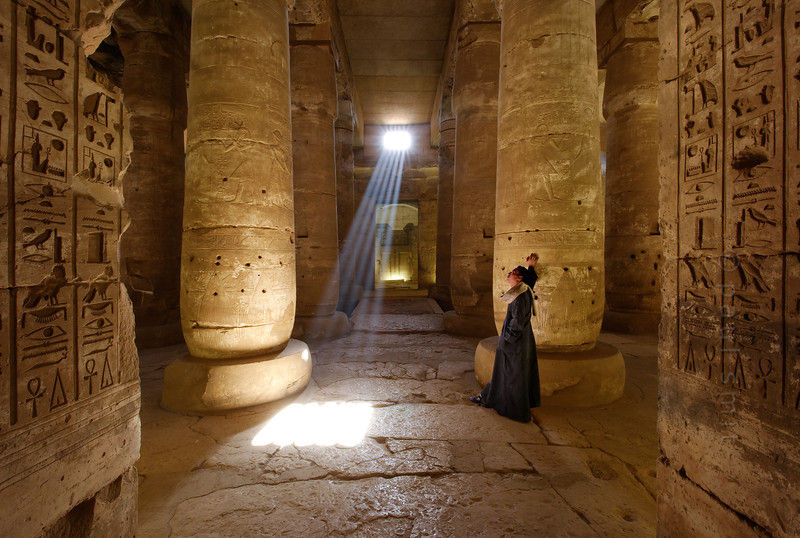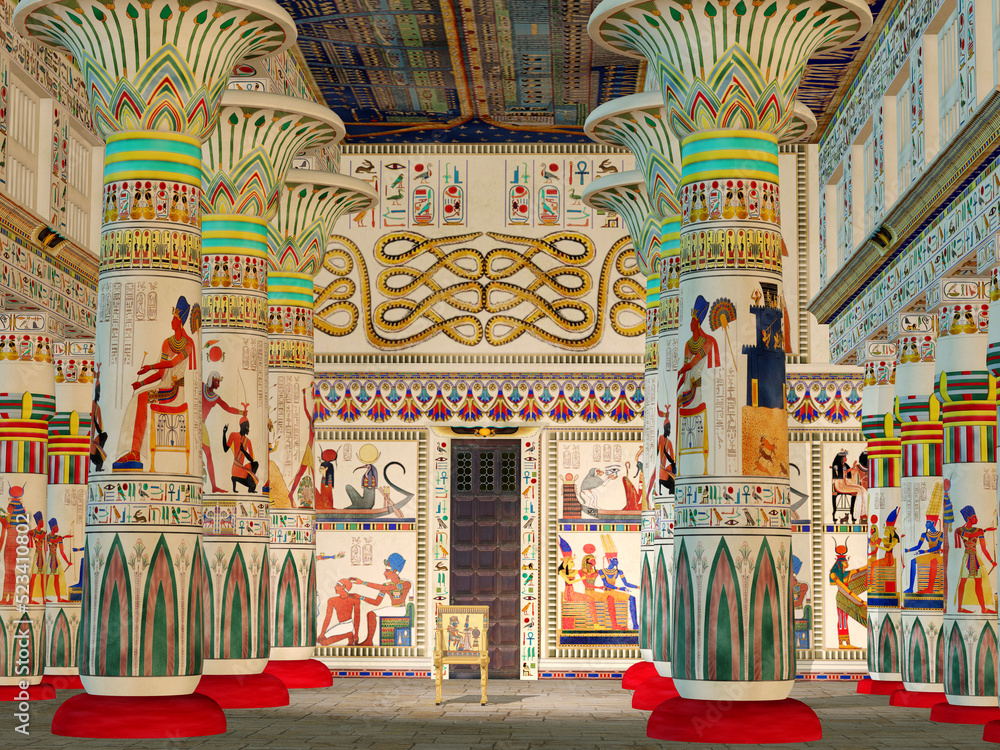2 Stunning Ways Ancient Egyptians Decorated Their Temples

The ancient Egyptians were renowned for their architectural prowess and intricate decorative artistry, especially in their temple complexes. These sacred spaces were not just places of worship but also served as a testament to the artistic sophistication of their civilization. Here, we delve into two stunning methods the ancient Egyptians used to decorate their temples:
1. Use of Symbolic Hieroglyphs


One of the most iconic ways the Egyptians decorated their temples was through the use of inscriptions. Hieroglyphs were more than just a writing system; they were an essential component of temple art, serving both aesthetic and religious purposes:
- Mythological Narratives: Walls were adorned with texts that detailed mythological events, often showcasing the divine interactions or historical narratives. These inscriptions provided insights into the stories of gods, pharaohs, and rituals.
- Magic and Rituals: Hieroglyphs had magical significance, believed to invoke the powers they represented, thus providing protection and benefits to the temple.
- Dedications: Hieroglyphs recorded dedications and the endowment of offerings to the deities, securing a kind of immortality for the individuals or pharaohs who commissioned the temples.
The arrangement of hieroglyphs wasn't arbitrary. They were placed with careful consideration:
- Orientation: They faced towards the sanctuary where the deity's statue resided, symbolizing their protective nature.
- Hierarchy: The size of hieroglyphs often indicated the importance of the text or figure. Larger hieroglyphs might denote gods or pharaohs, while smaller ones could represent lesser figures or common events.
📝 Note: The complexity of hieroglyphic writing means that many inscriptions remain untranslated or require ongoing decipherment efforts by Egyptologists.
2. Magnificent Reliefs and Sculptures


Besides the inscriptions, another breathtaking method of decoration was through reliefs and sculptures, which played a crucial role in conveying the grandeur and divinity of the Egyptian gods:
- Depictions of Deities: Intricate carvings depicted gods, goddesses, and divine creatures, often in processions or performing rituals. These were not just artworks but were considered as real presences of deities within the temple.
- Historical Records: Reliefs also acted as historical archives, capturing events like battles, royal processions, or the daily life of Egyptians. This served to immortalize the pharaoh's achievements.
- Architectural Enhancement: These artistic elements were not just decorative; they also reinforced the structure of the temple, merging functionality with art. Columns, pylons, and friezes were often sculptured with scenes or figures.
The creation of these artworks involved meticulous craftsmanship:
- Material Choice: Limestone, sandstone, or granite was preferred, with the stone often being transported from distant quarries to ensure quality.
- Techniques: From raised reliefs where the figures were carved higher than the background, to sunk relief where the background was cut away, to fully sculpted figures, each technique was used strategically.
These decorative techniques not only made the temples visually stunning but also carried profound symbolic meanings:
| Relief Type | Example | Use |
|---|---|---|
| Raised Relief | Figures in procession | Showcasing important deities or pharaohs in a more prominent, illuminated manner. |
| Sunk Relief | Scenes of daily life or battles | Used for more detailed and narrative carvings, as the shadowed figures added depth. |
| Statuary | Large figures of gods, pharaohs | To serve as intermediaries between the earthly and divine realms within the temple complex. |

🎨 Note: Reliefs often involved preliminary sketches or models, showing a level of planning in their construction that speaks to the cultural and religious significance of these artworks.
In conclusion, the ways in which ancient Egyptians adorned their temples were deeply connected to their religious beliefs, showcasing a blend of artistry, symbolism, and craftsmanship. Hieroglyphs and reliefs were not mere decorative elements; they were an integral part of the temple's function as a place of worship, ritual, and eternal recording of history and myth. These timeless decorations continue to captivate us, providing a window into the sophisticated culture of the ancient Egyptians.
Why did the Egyptians use hieroglyphs in their temples?

+
Hieroglyphs were used in temples to communicate stories, mythology, and rituals, serving both as a visual narrative and a magical invocation of protection and divine presence.
How did reliefs serve a purpose beyond aesthetics in temples?

+
Reliefs also had a structural role, supporting the temple’s construction while simultaneously immortalizing events, historical records, and divine scenes, thus acting as a blend of art, architecture, and religious documentation.
What materials were most commonly used for temple decorations?

+
Stone was the predominant material for temple decorations, with limestone, sandstone, and granite being popular due to their durability and aesthetic qualities, particularly when transporting them from quarries.